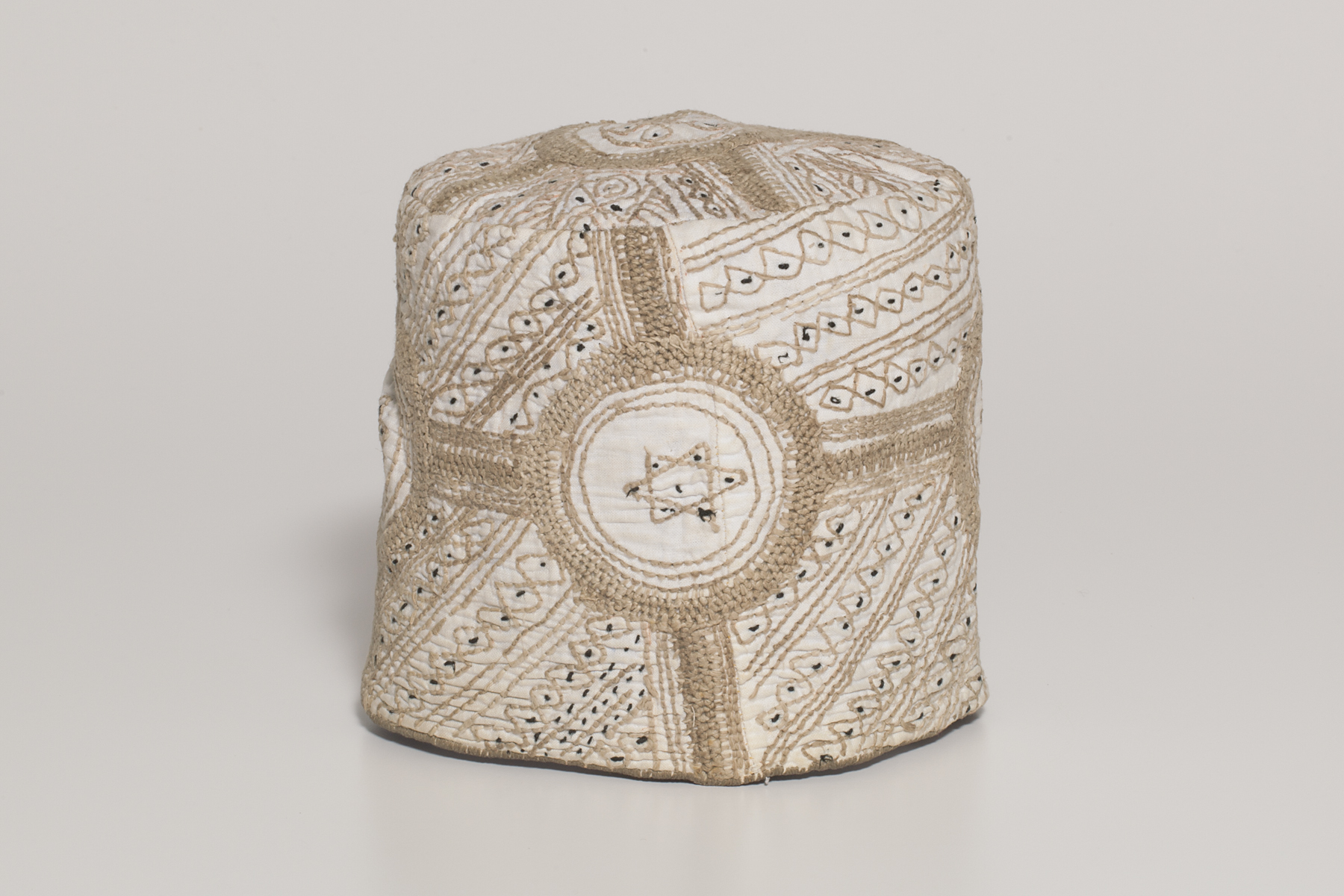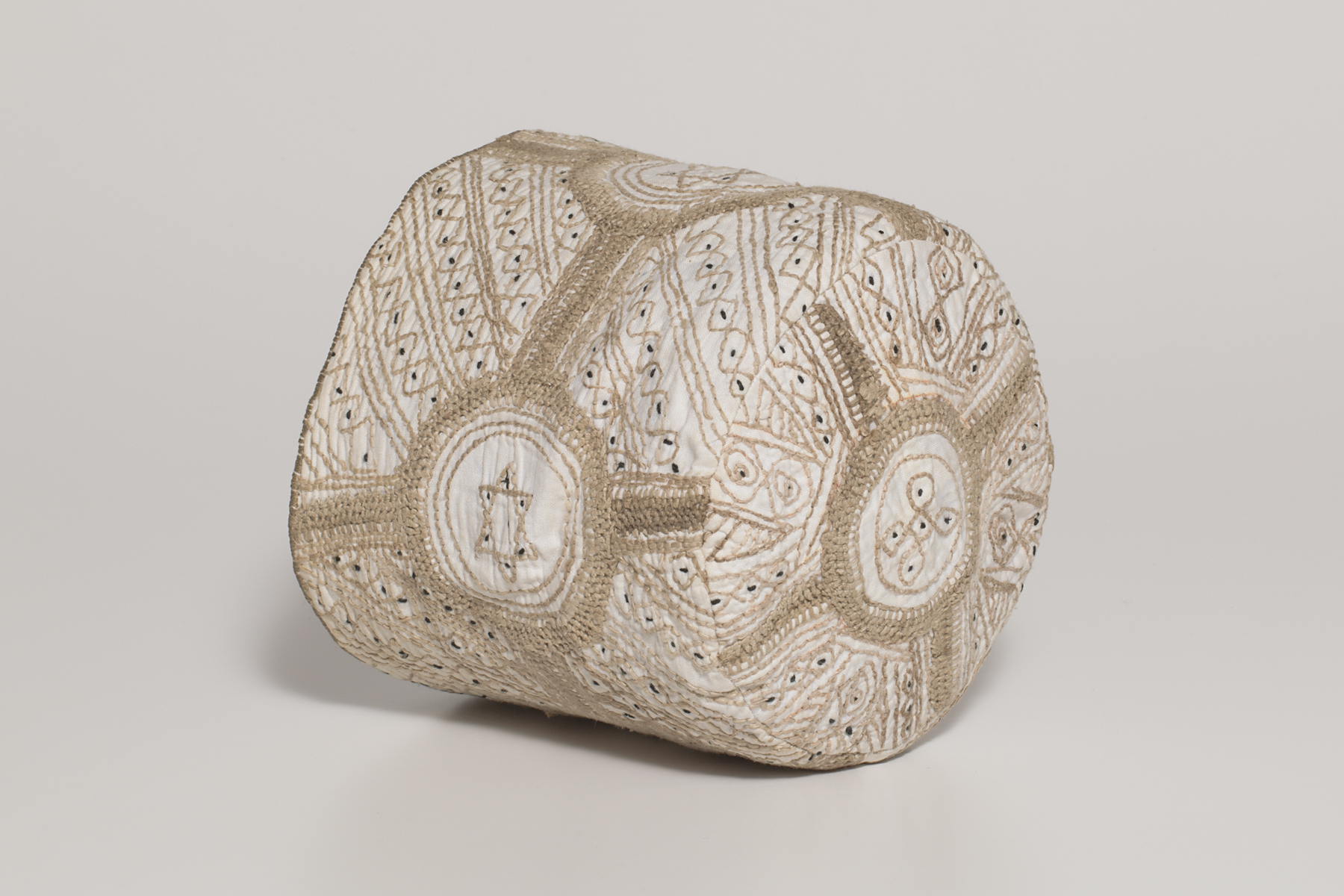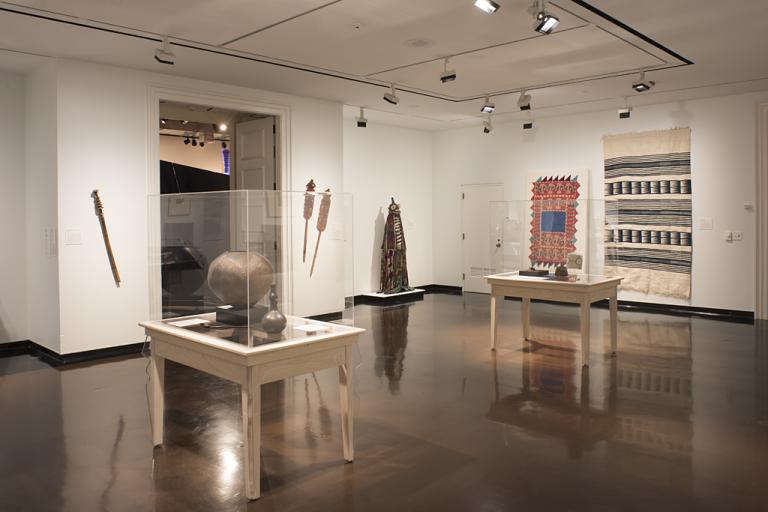embroidered hat, unrecorded Hausa-Fulani artist
Artwork Overview
unrecorded Hausa-Fulani artist, artist
embroidered hat,
1980
Where object was made: Kano, Nigeria
Material/technique: silk; cotton; embroidering
Dimensions:
Object Height/Diameter (Height x Diameter): 17.5 x 21 cm
Object Height/Diameter (Height x Diameter): 6 7/8 x 8 1/4 in
Object Height/Diameter (Height x Diameter): 17.5 x 21 cm
Object Height/Diameter (Height x Diameter): 6 7/8 x 8 1/4 in
Credit line: Gift of Professor Beverly Mack
Accession number: 2011.0232
Not on display
If you wish to reproduce this image, please submit an image request




